INSTRUCTIONS: Trim all the way down (nose up) and full power for takeoff. Accelerate to 180 mph, then pull back to take off. To land, fly the airplane onto the water with full nose up trim (slider all the way down) level just below 120 mph using 15% power. Don't "pancake" onto the water, or you'll nose over. Hold stick all way back through touchdown and deceleration. HISTORY: By '46, the war with Russia had ended, resistance had been crushed and peace in Greater Europa was achieved. The Fw-190, a fabulous fighter with great low altitude performance, had served admirably as both an interceptor and fighter-bomber. For '48, Germany decided to host a Schneider Cup race, the first since 1931. Focke Wulf entered two teams in the races, the first flying the Fw-190J-3, this racer based on the ultimate version of the landbased fighter, itself the pinnacle of piston-powered fighters. This version, dubbed "Turmfalke", or Kestrel, was modified for the races with triple floats and a tuned, 2,000 hp version of the BMW 801 engine turning an advanced 6-bladed prop. The Focke Wulf team and Deutchland expects a spectacular showing by the Fw-190, ja vol!
Specifications
Spotlights
- Stampede 8.9 years ago
General Characteristics
- Predecessor The Schneider Trophy 1948'
- Created On iOS
- Wingspan 29.7ft (9.0m)
- Length 29.7ft (9.1m)
- Height 11.5ft (3.5m)
- Empty Weight 3,645lbs (1,653kg)
- Loaded Weight 4,223lbs (1,915kg)
Performance
- Horse Power/Weight Ratio 0.473
- Wing Loading 28.5lbs/ft2 (139.1kg/m2)
- Wing Area 148.2ft2 (13.8m2)
- Drag Points 2887
Parts
- Number of Parts 59
- Control Surfaces 11
- Performance Cost 222


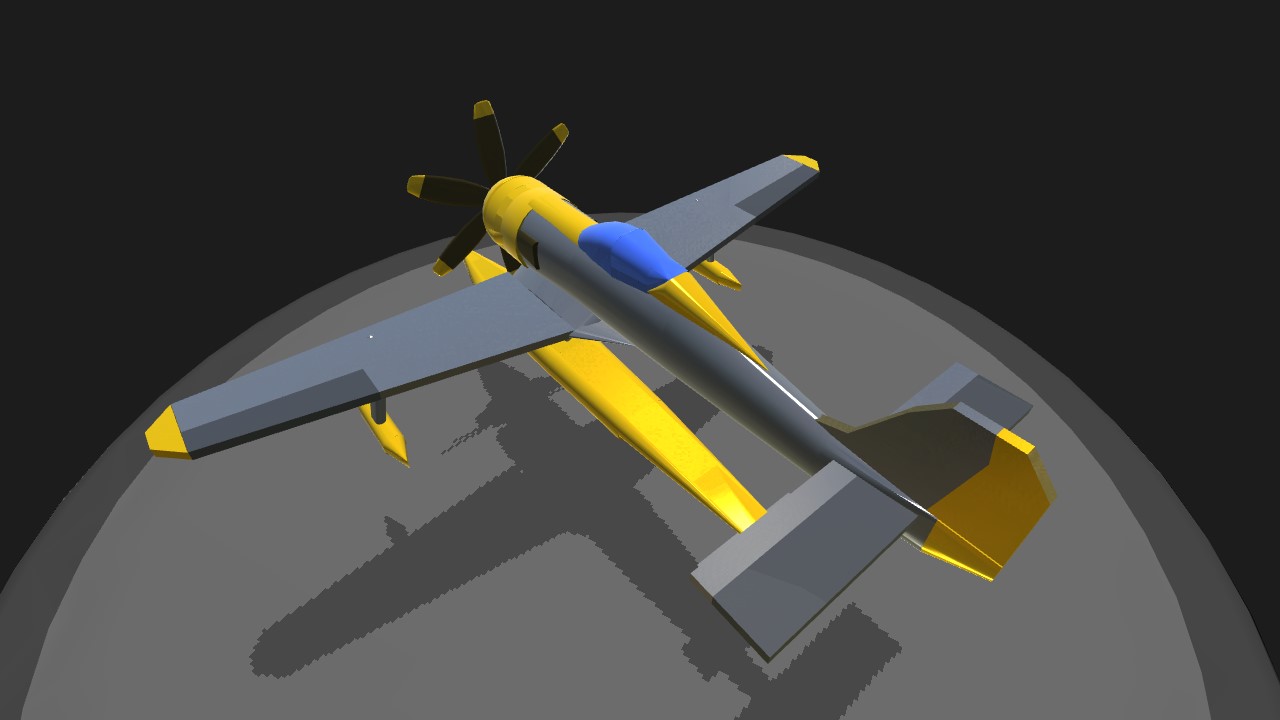
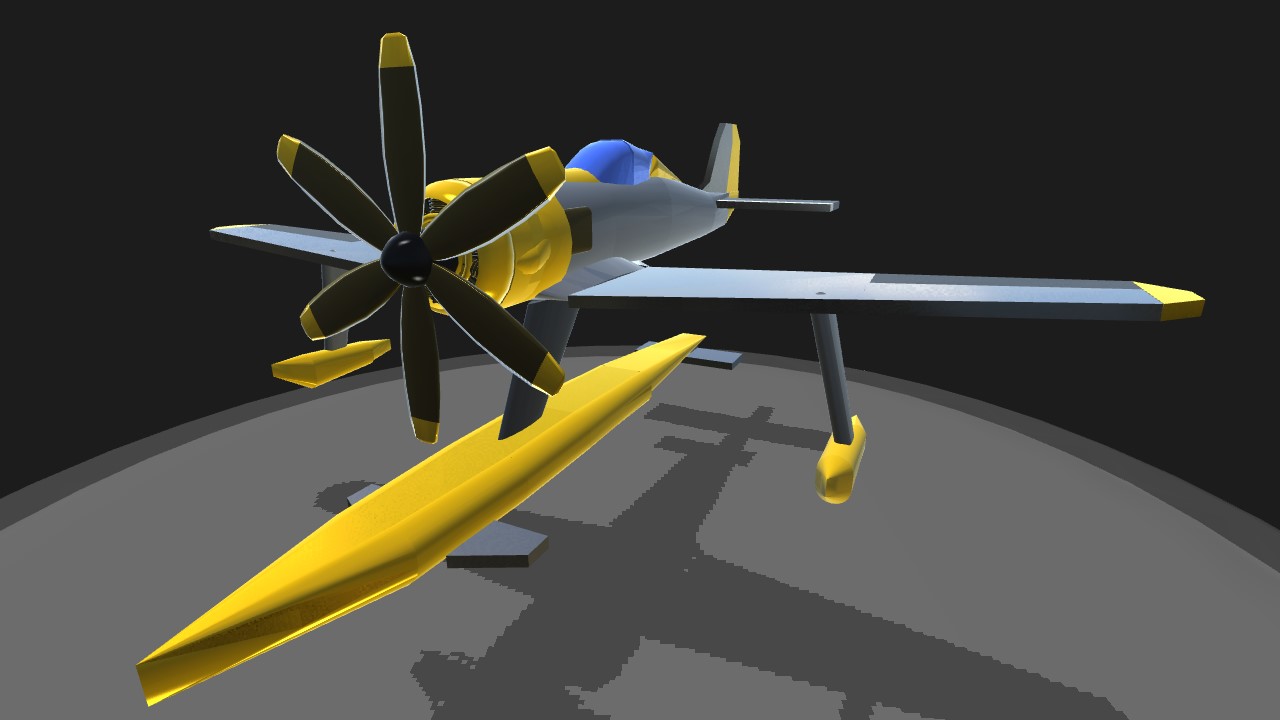
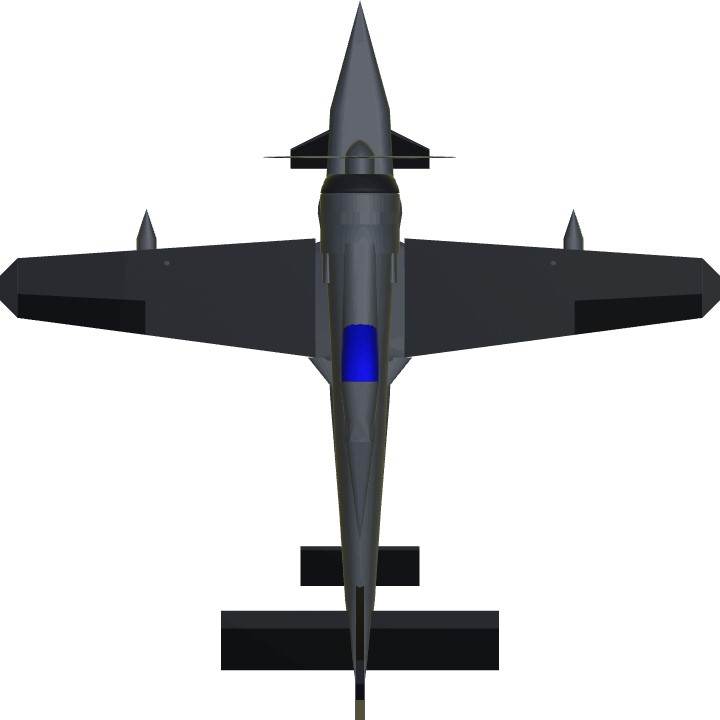
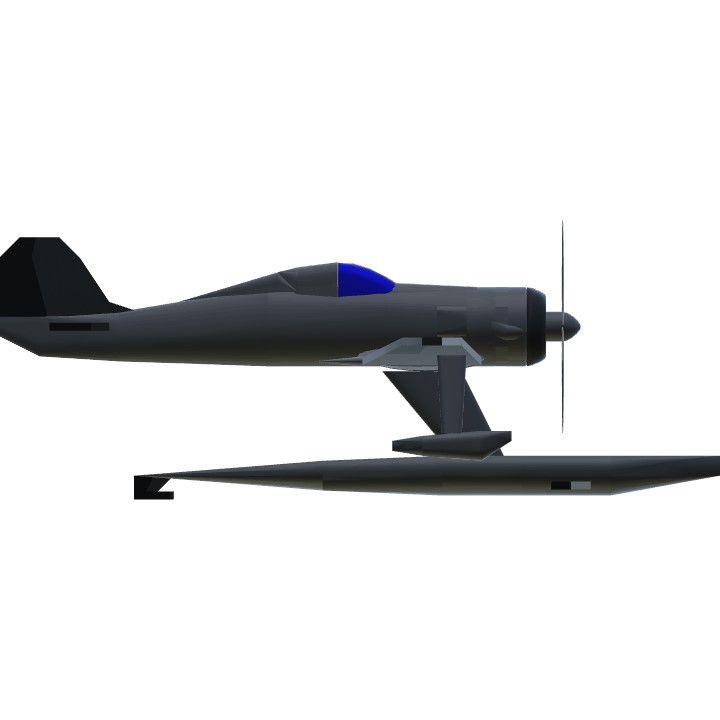
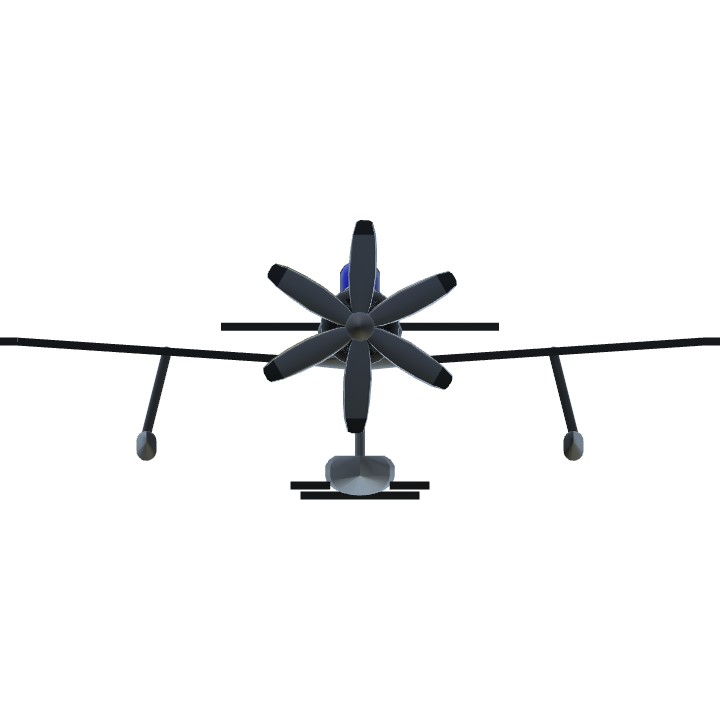
You were the winner btw, if i didnt make that clear :)